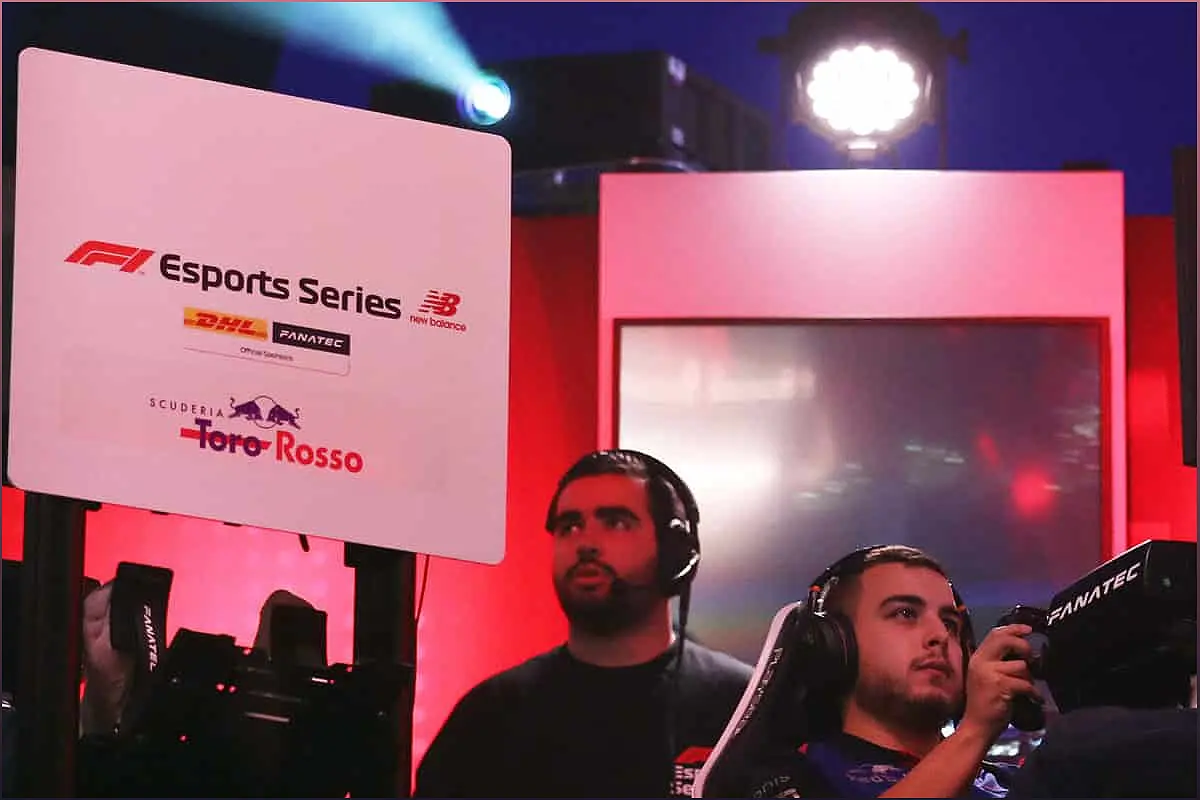In the ever-changing landscape of the video game industry, few genres have undergone as much transformation as racing games. Gone are the days of standalone titles and split-screen gameplay; we now find ourselves immersed in a world of online multiplayer dominance and continuously updated content. Join me, Emma Brown, as we delve into the evolution of racing video games, from their humble beginnings to the online multiplayer hegemony they have become today. We'll explore the impact of technology, the rise of esports, and the challenges faced by developers in this dynamic and ever-evolving genre.
The Shift from Standalone Titles to Online Multiplayer
Explore the transition from single-player and split-screen standalone titles to the dominance of online multiplayer experiences.
In the past decade, the video game industry has witnessed a significant shift in the landscape of racing games. The era of standalone titles and split-screen gameplay has given way to a new era of online multiplayer dominance. This transition has transformed the way we experience racing games, with continuous updates, season passes, and the ever-growing influence of online multiplayer communities.
Gone are the days of racing alone or with a friend on the couch; now, players can compete against opponents from around the world in real-time. The rise of online multiplayer has brought a new level of excitement and competition to the genre, allowing players to test their skills against a global community of racing enthusiasts.
With the advent of high-speed internet connections and advancements in technology, developers have been able to create immersive and dynamic online racing experiences. From virtual racing leagues to esports tournaments, the online multiplayer aspect has become a driving force in the racing game industry.
The Impact of Technology on Racing Games
Discover how advancements in technology have revolutionized the graphics, gameplay mechanics, and overall immersive experience of racing games.
Technology has played a pivotal role in the evolution of racing video games. With each passing year, developers push the boundaries of what is possible, delivering stunning graphics, realistic physics, and immersive gameplay experiences.
Advancements in hardware, such as powerful gaming consoles and high-resolution displays, have allowed for more detailed and lifelike visuals. From meticulously rendered car models to breathtaking environments, players can now feel like they are truly behind the wheel of a race car.
Furthermore, improvements in game engines and physics simulations have led to more realistic and responsive gameplay mechanics. The handling of vehicles, the impact of collisions, and the behavior of AI opponents have all been refined to provide a more authentic racing experience.
As technology continues to evolve, we can expect even more impressive innovations in racing games, such as virtual reality integration, haptic feedback, and enhanced multiplayer capabilities.
The Rise of Esports in Racing Games
Explore the growing influence of esports in the racing game community and how it has transformed the competitive landscape.
Esports has emerged as a global phenomenon, and racing games have not been left behind. The competitive aspect of racing games has taken center stage, with players competing in virtual tournaments, leagues, and championships.
Professional racing game players, known as sim racers, showcase their skills and compete for lucrative prizes in events that attract millions of viewers worldwide. These events are often broadcasted live, complete with professional commentary and analysis, creating an engaging spectator experience.
The rise of esports in racing games has not only elevated the status of virtual racing but has also opened up new career opportunities for talented players. With sponsorships, endorsements, and professional contracts, sim racers can now pursue their passion for racing games at a competitive level.
As the esports scene continues to grow, we can expect more investment in infrastructure, larger prize pools, and increased recognition of racing game tournaments on a global scale.
Challenges Faced by Developers in the Racing Game Genre
Delve into the unique challenges faced by developers in creating compelling and innovative racing game experiences.
Developing a successful racing game is no easy task. Developers face a myriad of challenges in creating a game that is both engaging and innovative.
1. Realism vs. Accessibility:
Striking the right balance between realism and accessibility is crucial. While some players crave a realistic simulation experience, others prefer a more casual and approachable gameplay style. Developers must find a way to cater to both audiences without alienating either.
2. Licensing and Authenticity:
Racing games often feature real-world cars, tracks, and drivers, which requires securing licensing agreements. Ensuring the authenticity of these elements while navigating licensing hurdles can be a complex and time-consuming process.
3. Innovation and Staying Ahead:
The racing game genre is highly competitive, with new titles releasing regularly. Developers must continually innovate and introduce new features to stay ahead of the curve and capture the attention of players.
4. Balancing Single-Player and Multiplayer:
Creating a satisfying single-player experience while also delivering robust multiplayer options can be a delicate balancing act. Developers must consider the needs and preferences of both types of players to create a well-rounded game.
Despite these challenges, developers continue to push the boundaries of what is possible in racing games, delivering exciting and immersive experiences for players to enjoy.

